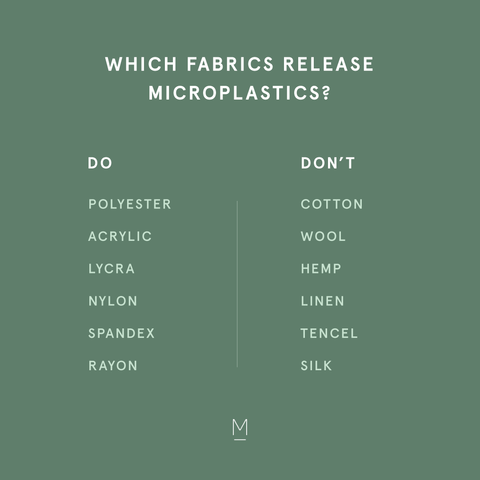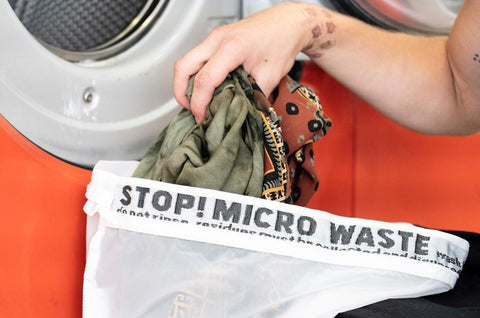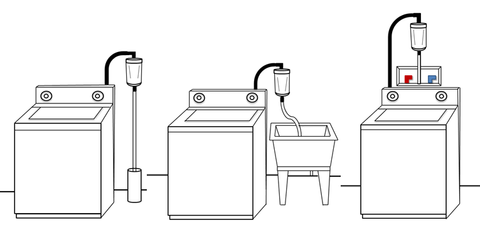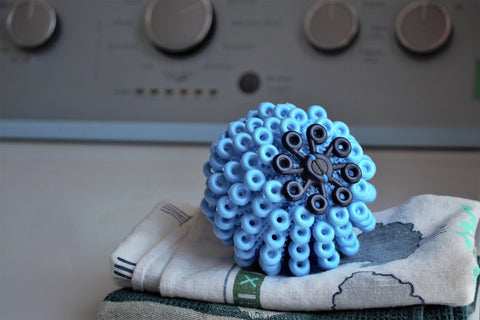World Oceans Day and Protecting Our Waters From Micro-Plastics
June 8 is World Ocean Day, a day to celebrate our wonderful ocean, and raise awareness of the negative impacts human activities are having on our oceans and beautiful sea life.
The campaign for reducing plastic pollution in the oceans has been ongoing for years, and many people are becoming more aware of their littering habits around waterway and the beach. Images of sea life like birds and turtles and fish having been injured or killed by plastic waste in our oceans caused outcry across the world, and the floating plastic island has also garnered significant attention to the fact that we need to do more in regards to caring for our oceans.
However one topic which is discussed less is that of microplastics- the tiny, microplastics which go into our waterways and do just as much damage to sea life. According to CSIRO, there is an estimated 32 million TONNES of micro plastics currently in our oceans 1. Some micro plastic come from the breakdown of larger pieces of plastics in the ocean, and another form of microplastics are the exfoliation beads found in skincare products.
Microplastics in our Clothes
But even smaller than these are the microplastics which come from our synthetic clothing. When we wash our clothing, the tiny fibres from our clothing washes out into our waterways, and ends up in our ocean. When our clothing is synthetic, these tiny fibres are actually plastic, and its these tiny plastic fibres which scientists have discovered to be the greatest concern in regards to micro plastic pollution in our oceans 2. Like plastic pollution anywhere, these micro plastics never disappear. Not only do these microplastics exist forever, they also exist everywhere- including in our rain, in our air and in our food! 3 It’s not just sea life which these micro plastics are poisoning.
So what solutions can we implement in order to reduce the impact of microplastics on our world and ourselves?
Which Fabrics Release Microplastics?

By putting natural fibres into your wardrobe. Natural fibres have an end life- sooner or later they completely decompose and become part of the earth again. Like all textiles, clothing made of natural fibres still lose fibres in the washing process. Unlike synthetic fabrics though, these tiny fibres eventually disintegrate. They do not linger in our world to harm our earth, or the animals and people who share it. We have put together a little list above that can help you choose new clothes that won't release microplastics. Make sure to check what's in your clothes before you buy them.
The significant impact of microplastic fibres is one of the reasons we chose to make our clothing with Certified Organic clothing. Every time you wear and wash your Best Parent-child Products of 2021,Matching Family Outfits & Clothespieces, you can be confident that it is one less garment polluting the earth and our waterways with micro plastics.
The manufacturing of our fabric also cares for the earth and waterways. While many brands use toxic dyes which leech (or are outright dumped) into waterways, leading to the ocean, our fabric is GOTS Certified, meaning that our organic cotton is dyed in a responsible, environmentally friendly process.
So what do you do about the synthetics fabric clothing you already have? The best thing you can do is to still use them! There a new products out there that you can utilise to minimise your microplastic pollution.
Here are a few solutions:


Washing machine filters such as Filtrol

Washing machine fibre collecting balls such as Coraball and Ecoegg
